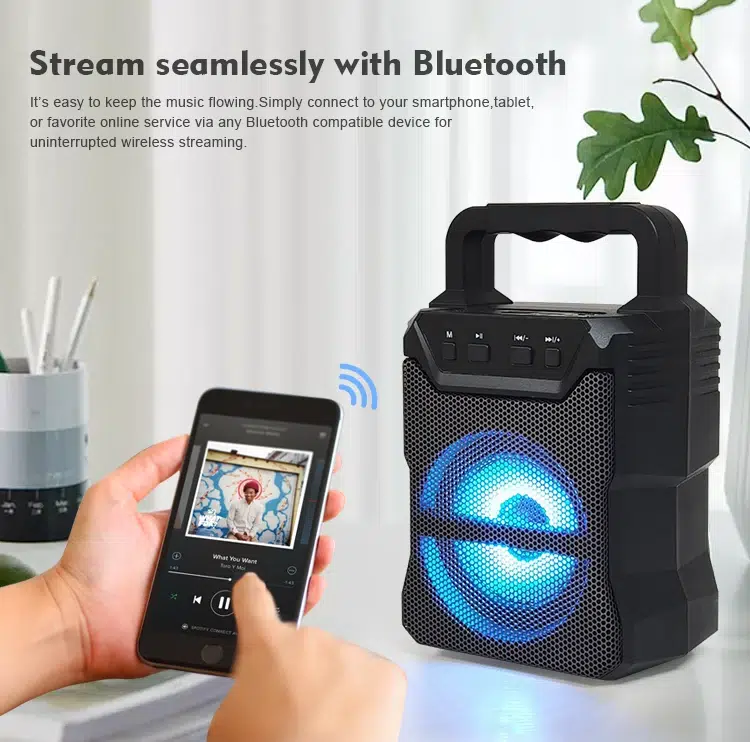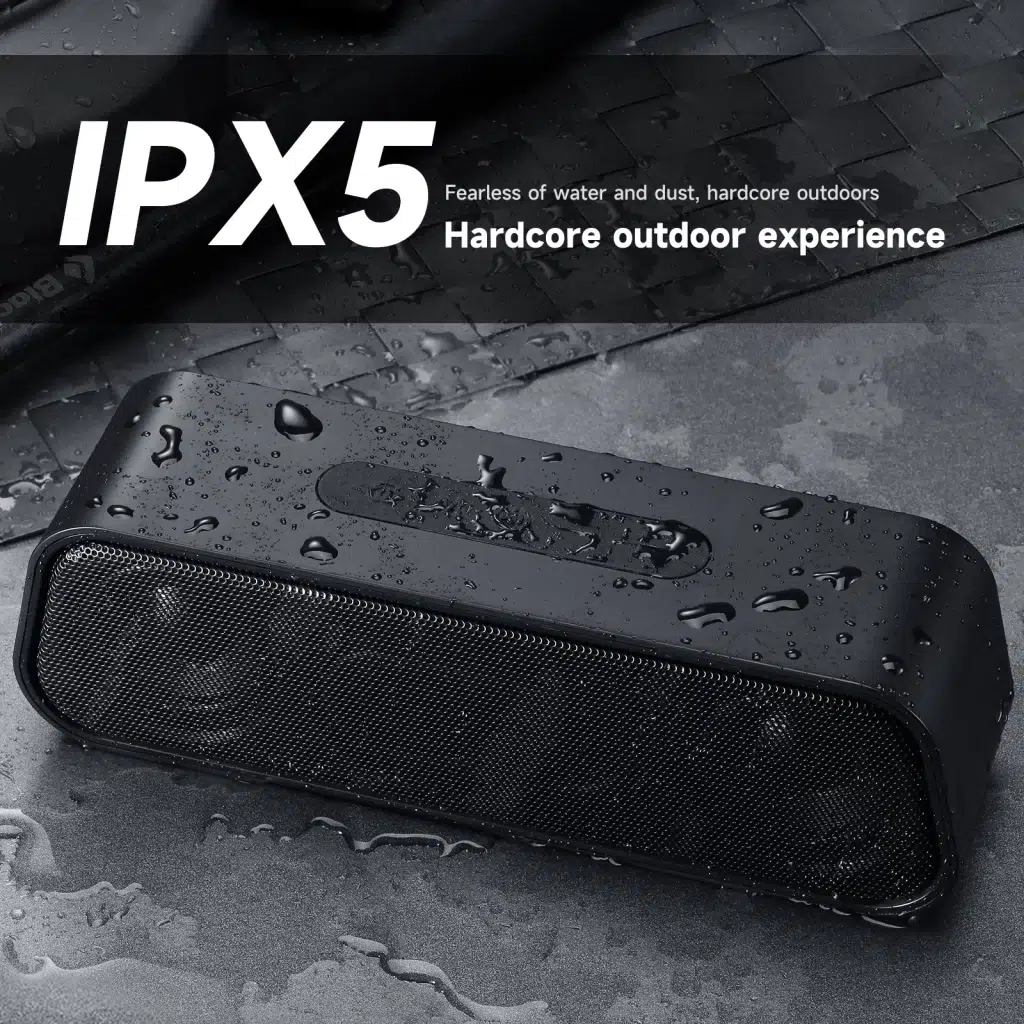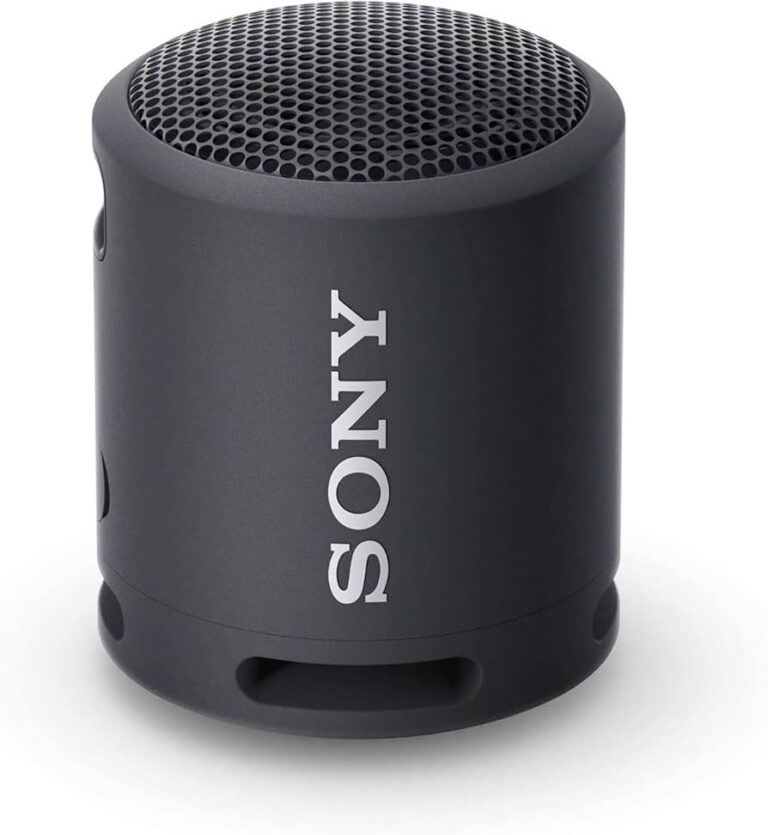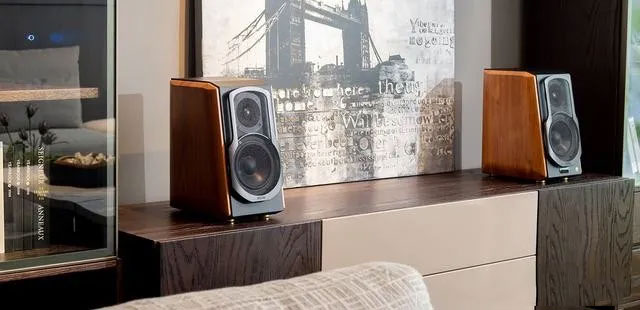In our daily lives, we often buy devices related to Bluetooth functionality, such as headphones, speaker receivers, etc., but many friends know very little about Bluetooth. I don’t know what parameters to consider when choosing a Bluetooth device, but after reading this informative post, you will understand everything! What parameters should be considered when selecting Bluetooth devices!

- Bluetooth version
- The different Bluetooth protocols determine what functions the device can have, and the more protocols supported, the more comprehensive the functions.
- The higher the maximum output power, the louder the general sound.
- The smaller the total harmonic distortion, the better.
- The higher the signal-to-noise ratio, the better.
Simply put, by looking at these parameters, you can roughly determine whether the product really meets your requirements.

The main differences between various versions of Bluetooth:
Bluetooth 1.0: Transmission rate of approximately 1M/s.
Bluetooth 2.0+EDR: The transmission rate is about 2-3M/s, of which 2.1+EDR is the most classic Bluetooth, and its biggest feature is safe and easy pairing.
Bluetooth 3.0+HS (High Transmission Bluetooth): High transmission 24M/s, only devices labeled with the “+HS” trademark truly support 802.11 high-speed data transmission.
Bluetooth 4.0 (Low Energy Bluetooth): It includes classic Bluetooth, high-speed Bluetooth, and Bluetooth low-power protocol. Based on 3.0, it has lower power consumption and is mainly aimed at applications with extremely low power consumption requirements and powered by button batteries.
Bluetooth 5.0: 4 communication distance, 2x transmission speed, 8x broadcast data transmission capacity
The Internet factors were added in 4.1, which supports the coexistence of batch data exchange rates. The biggest feature of 4.2 is that multiple Bluetooth smart devices can access the LAN or the Internet through one terminal. The most widely used version on the market currently is version 4.1, which has made significant progress in IoT applications such as smart homes, smart wearables, and smart healthcare.




